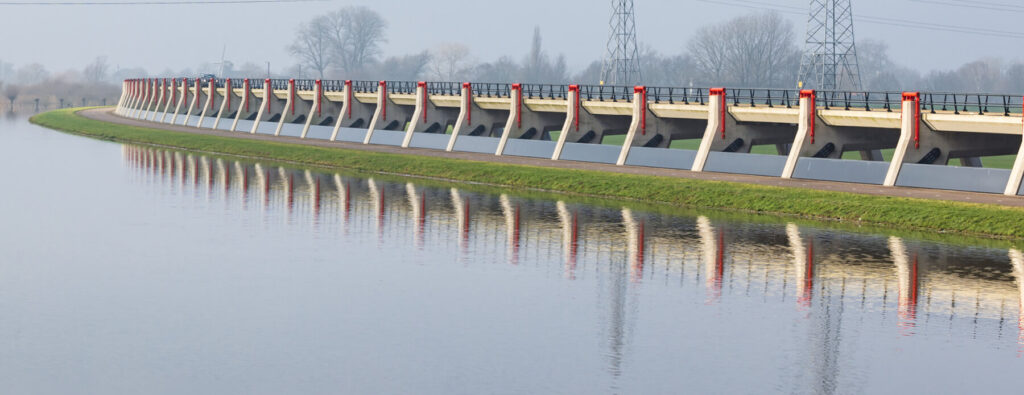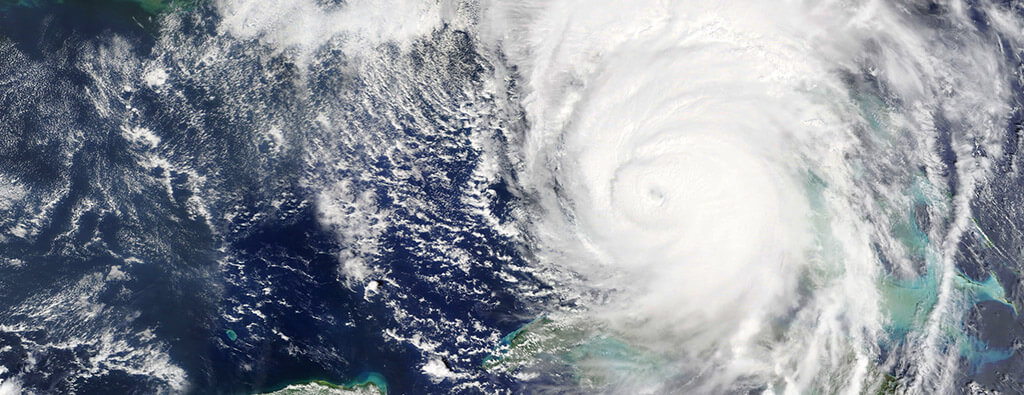In the face of escalating climate-related hazards, disaster risk reduction (DRR) has become essential to effective emergency management. DRR is a proactive strategy to minimize vulnerabilities and enhance communities’ resilience to withstand and recover from disasters. This approach is particularly vital for emergency managers, county leaders, and government officials who play a pivotal role in safeguarding the well-being of their jurisdictions.
Understanding Disaster Risk Reduction
Disaster risk reduction involves a comprehensive framework that integrates risk assessment, mitigation, preparedness, response, and recovery. The key principle of DRR is understanding and reducing vulnerabilities before a disaster can significantly mitigate the impact on lives, infrastructure, and economies.
A prime example of effective DRR is Japan’s seismic building codes, which has been continually refined over decades. These regulations mandate that new construction incorporate earthquake-resistant designs, significantly reducing casualties and damage during seismic events. The 2011 Tōhoku earthquake demonstrated the effectiveness of these measures, where modern buildings withstood the tremors better than older, non-compliant structures.
Integrating Disaster Risk Reduction into Emergency Planning
Disaster risk reduction must be integrated into the broader emergency management framework to be effective. This means emergency plans should focus not only on response but also on prevention and mitigation. For instance, land-use planning and zoning regulations can be designed to avoid construction in high-risk areas, in turn reducing exposure to hazards such as floods or wildfires.
The National Flood Insurance Program (NFIP) has highlighted the importance of incorporating flood risk data into community planning in the United States. After the devastating floods from Hurricane Harvey in 2017, Harris County, Texas, revised its floodplain management regulations, leading to stricter building codes and improved drainage infrastructure. This move has reduced the county’s vulnerability to future flooding events.
Additionally, incorporating DRR into emergency exercises and drills can enhance preparedness by ensuring stakeholders are aware of potential risks and trained to respond effectively. Collaboration between local governments, private sector entities, and community organizations is crucial in this context, as it fosters a holistic approach to risk reduction.
The Role of Technology in Disaster Risk Reduction
Advancements in technology have significantly bolstered DRR efforts. Geographic Information Systems (GIS), remote sensing, and predictive analytics enable emergency managers to identify at-risk areas more precisely. These tools also facilitate real-time monitoring of hazards, allowing for timely alerts and the implementation of mitigation measures.
For example, the Pacific Disaster Center’s (PDC) DisasterAWARE platform provides real-time data on global hazards, enabling emergency managers to make informed decisions quickly. During the 2020 Australian bushfires, this technology was instrumental in mapping fire perimeters and assessing the potential impact on communities, leading to more effective evacuation plans and resource allocation.
Moreover, technology is vital in post-disaster recovery by aiding damage assessment and resource allocation. By leveraging data from various sources, emergency managers can make informed decisions that expedite recovery and reduce the long-term impact of disasters.
Building Resilient Communities
Ultimately, disaster risk reduction aims to build resilient communities to the challenges posed by natural and human-made hazards. This requires a commitment to continuous improvement and adaptation as risks evolve. Emergency managers and government officials must work together to ensure that DRR principles are embedded in community planning and development.
By prioritizing disaster risk reduction, we can create safer, more resilient communities better equipped to face future uncertainties. As we observe National Preparedness Month, let us reinforce our commitment to reducing risks and protecting the lives and livelihoods of our citizens.



